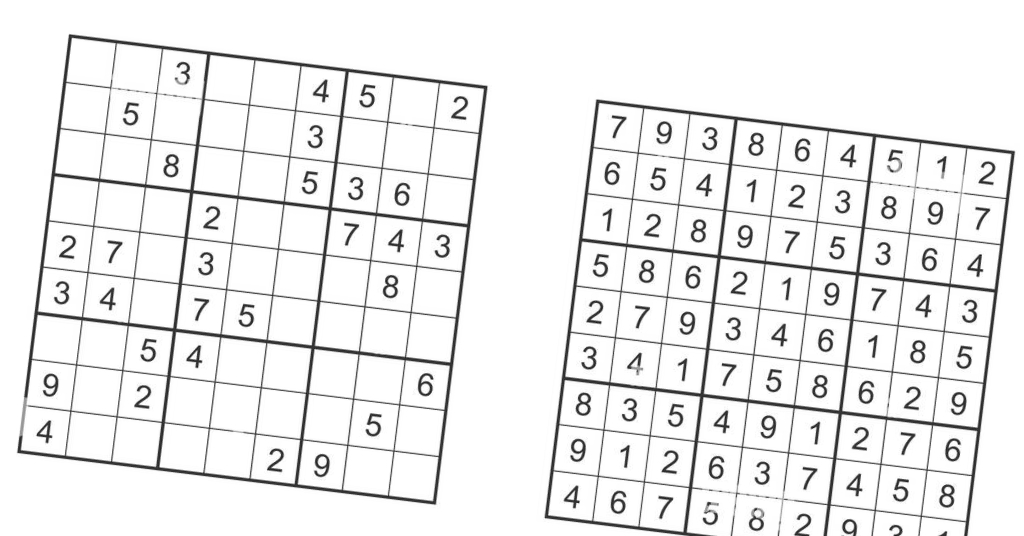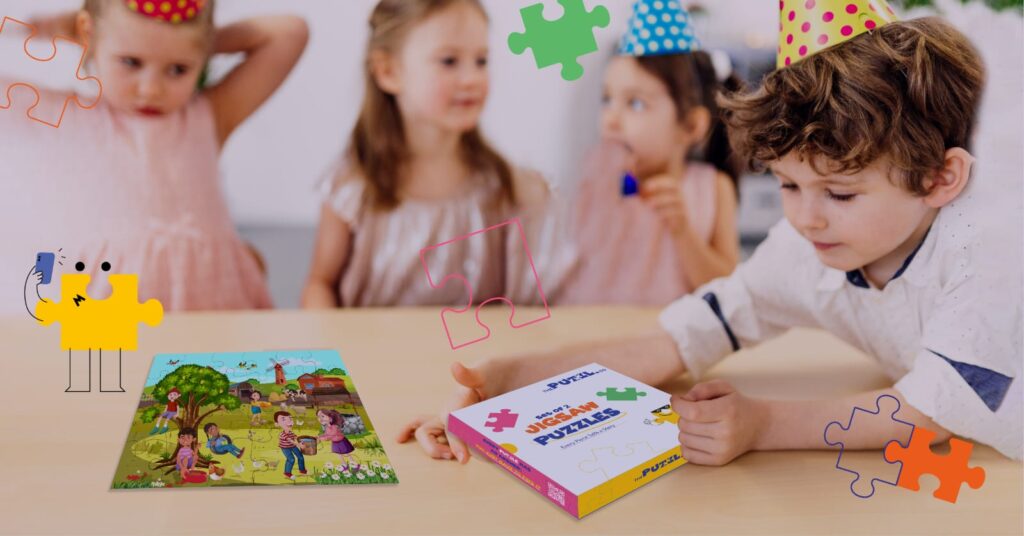Sudoku is a popular logic-based number puzzle that has become a favorite pastime for puzzle enthusiasts. The objective of Sudoku is simple: fill a 9×9 grid with numbers so that each row, each column, and each of the nine 3×3 subgrids (also known as “regions” or “boxes”) contain all the digits from 1 to 9 without repetition. While Sudoku puzzles vary in difficulty, the strategy for solving them remains consistent. In this guide, we’ll walk you through the steps to solve a Sudoku puzzle.
Also Read: How to Solve Jigsaw Puzzle
Understanding the Sudoku Puzzle
A standard Sudoku puzzle consists of:
- A 9×9 grid: Divided into nine 3×3 subgrids.
- Given numbers (clues): Pre-filled digits that provide a starting point.
- Empty cells: Spaces that need to be filled with the digits 1 through 9.
The goal is to fill the grid so that each digit appears exactly once in each row, column, and 3×3 subgrid.
Step 1 – Scan the Grid
Before jumping into solving the puzzle, take a moment to scan the grid:
- Identify Rows, Columns, and Subgrids with Most Clues: Look for rows, columns, or 3×3 subgrids that are nearly complete. These areas are often the easiest to fill in first.
- Note the Missing Numbers: For each row, column, and subgrid, make a mental note or use pencil marks to track which numbers are missing.
Step 2 – Use the Process of Elimination
Sudoku is a game of logic, and the process of elimination is your primary tool:
- Fill in Obvious Numbers: If a number can only fit in one place within a row, column, or subgrid, place it there.
- Cross-Hatching Technique: For a particular number, look at where it could potentially go in a row or column across the 3×3 subgrids. If there’s only one spot in a subgrid where that number can go, fill it in.
- Pencil Marks: For more challenging puzzles, consider using pencil marks to note possible candidates for each empty cell. This will help you keep track of potential solutions.
Step 3 – Look for Naked Pairs/Triples
As you fill in more numbers, patterns like naked pairs or triples may emerge:
- Naked Pairs: If two cells in a row, column, or subgrid contain the same two candidate numbers, those two numbers must go in those cells. You can eliminate these numbers as possibilities for other cells in that row, column, or subgrid.
- Naked Triples: Similarly, if three cells contain the same three candidate numbers, those numbers are limited to those cells and can be eliminated elsewhere.
Step 4 – Use the “Only Candidate” Rule
When solving Sudoku, often a cell will have only one possible number:
- Single Candidate: If a cell has only one possible number left as a candidate, fill it in. This situation often arises after other numbers in the row, column, or subgrid have been placed.
Step 5 – Check for Hidden Singles
Hidden singles are numbers that can only fit in one spot within a row, column, or subgrid but may not be immediately obvious:
- Search for Hidden Singles: Look at each row, column, or subgrid and consider each number from 1 to 9. If a number can only fit in one cell, it’s a hidden single, and you should fill it in.
Step 6 – Advanced Techniques (If Needed)
For more challenging puzzles, you may need to employ advanced techniques:
- X-Wing Technique: This technique involves looking at two rows (or columns) that contain only two candidates for a particular number. If the candidates align in the same columns (or rows), then you can eliminate that number as a possibility in those columns (or rows).
- Swordfish Technique: Similar to X-Wing but involves three rows and three columns.
- Y-Wing Technique: Involves three cells where two of the cells share a candidate with the third cell. It helps eliminate candidates in other cells.
Step 7 – Keep Filling and Elimination
Continue filling in the numbers using the techniques outlined above:
- Cycle Through Techniques: Return to the earlier techniques if you get stuck. Often, the puzzle will open up as you place more numbers.
- Double-Check: Ensure that each number fits the rules of Sudoku—no repetition in rows, columns, or subgrids.
Step 8 – Final Check and Completion
Once all cells are filled, do a final check:
- Verify Each Row, Column, and Subgrid: Make sure that each contains the digits 1 through 9 without repetition.
- Correct Any Errors: If you spot an error, backtrack and fix it before proceeding.
Solving a Sudoku puzzle is a satisfying mental challenge that improves with practice. By following a systematic approach—starting with scanning the grid, using the process of elimination, and applying techniques like naked pairs and hidden singles—you’ll be able to solve even the most challenging Sudoku puzzles. Happy solving!



